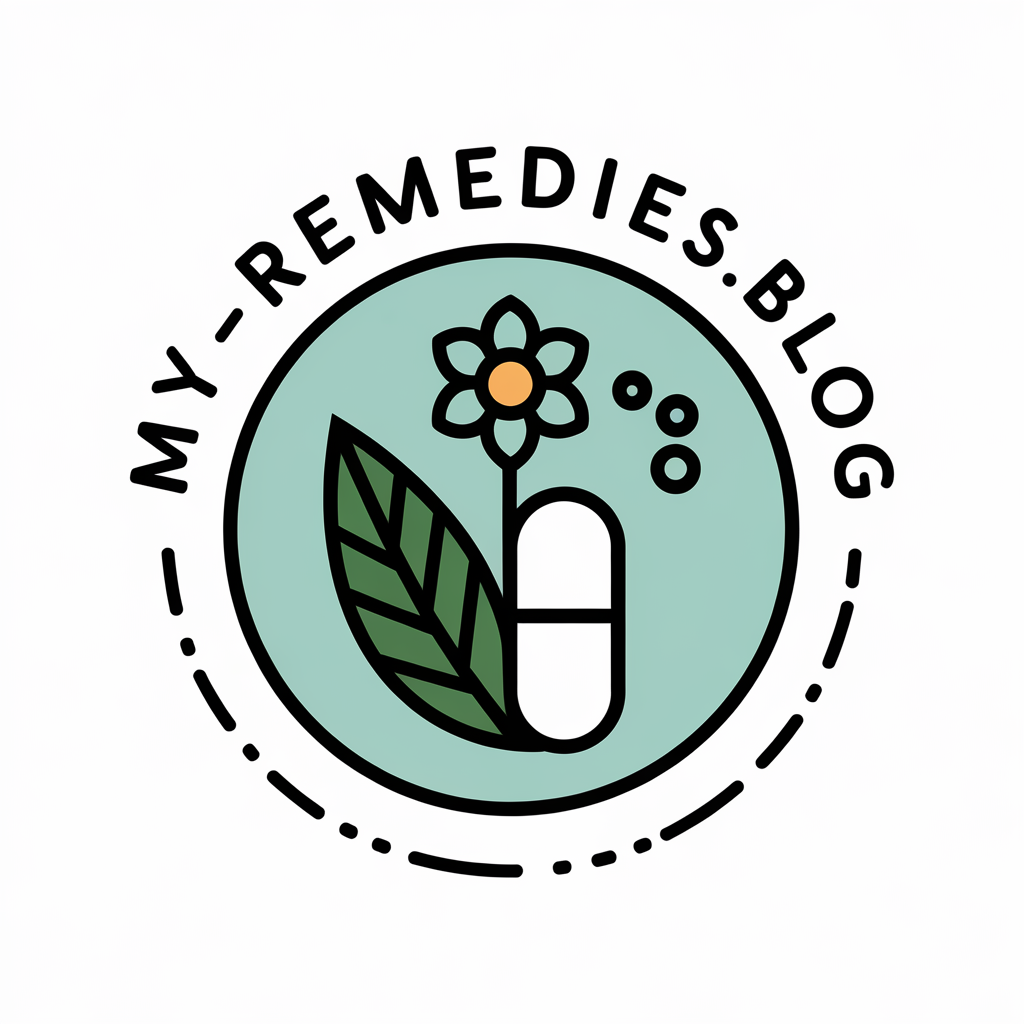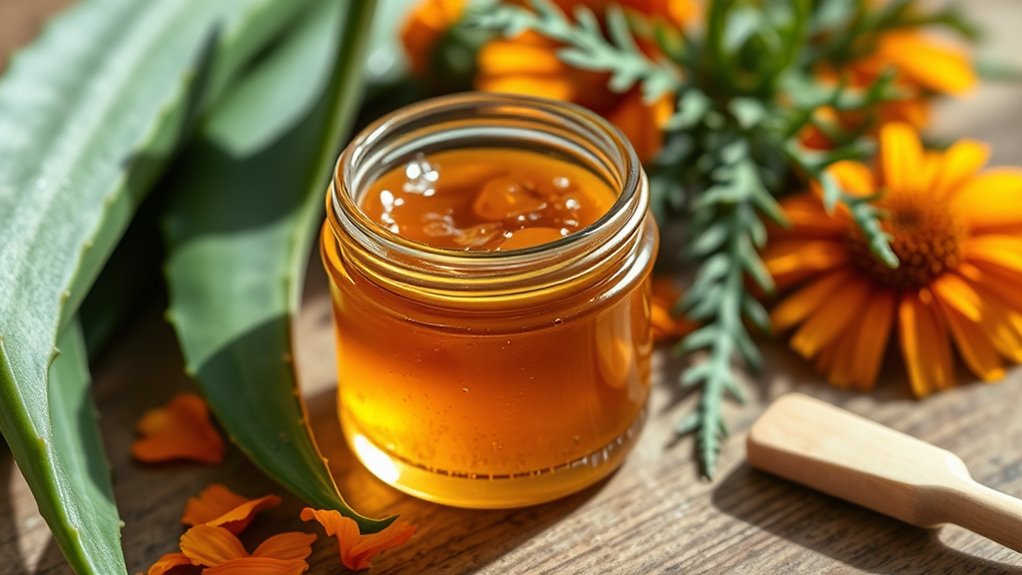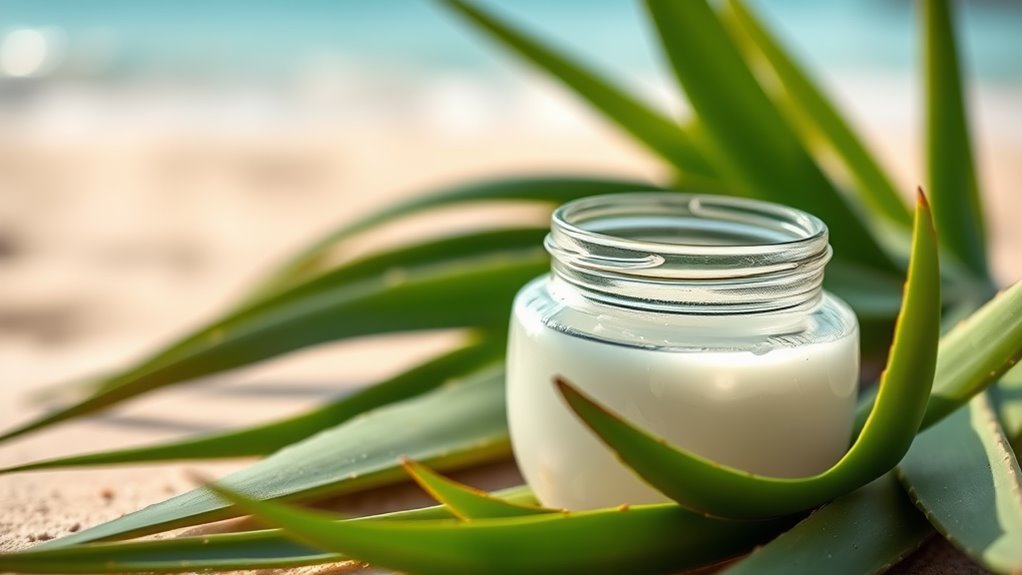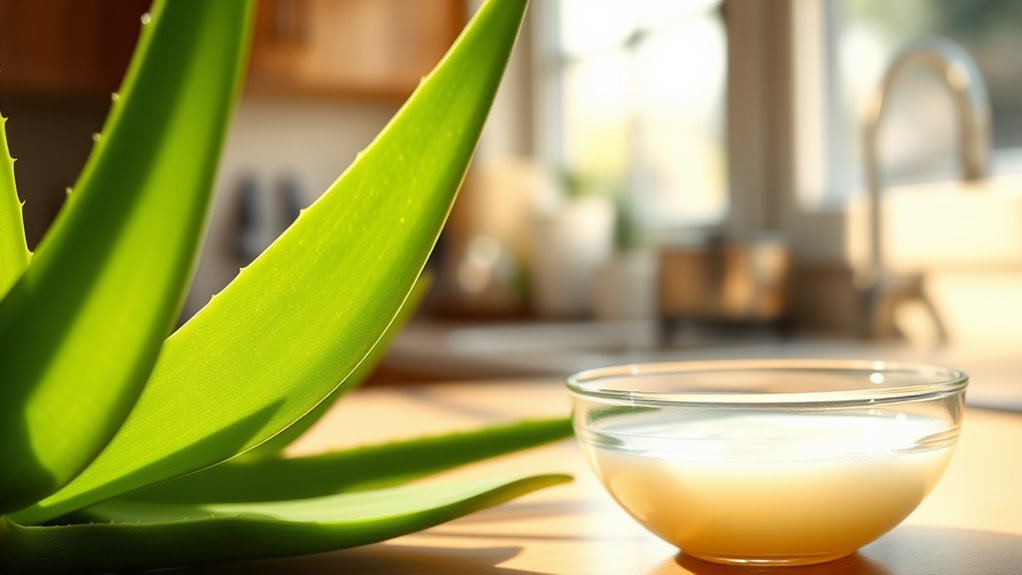This DIY Ointment Speeds Up Wound Healing Naturally
This DIY ointment harnesses the healing power of natural ingredients to speed up wound healing. You’ll use coconut oil, beeswax, and essential oils like tea tree and lavender for their antibacterial and soothing properties. Simply melt, mix, and apply a thin layer to clean wounds. Cover with a sterile bandage and change it daily. With each application, you’ll enhance healing and comfort. Discover more about the benefits of each ingredient and how they work together for optimal recovery.
Key Takeaways
- This DIY ointment combines natural ingredients like coconut oil, honey, and essential oils for effective wound healing.
- Aloe vera in the ointment soothes skin and provides antibacterial protection.
- Beeswax helps create a moisture-locking barrier, enhancing healing and preventing infection.
- Applying the ointment regularly supports tissue regeneration and reduces scarring from wounds.
- Maintaining proper wound care, such as changing bandages and reapplying ointment, is crucial for optimal healing.
The Healing Power of Natural Ingredients
When it comes to wound healing, nature offers a treasure trove of powerful ingredients that can help speed up recovery. You can harness these natural remedies to promote effective, natural wound healing in your own home.
Start by exploring options like aloe vera, known for its soothing and antibacterial properties, or honey, which acts as a natural antiseptic. Essential oils, such as tea tree oil, can provide additional antibacterial benefits that enhance healing. Additionally, using essential oils like lavender can further soothe the skin and support the healing process.
Don’t forget about calendula, a flower that can reduce inflammation and accelerate tissue regeneration. By incorporating these elements into your DIY ointment, you’re not just treating wounds; you’re tapping into the wisdom of nature for a faster, healthier recovery. Additionally, certain herbs have anti-inflammatory and antimicrobial properties that further support the healing process.
Embrace these ingredients and watch your wounds heal more efficiently.
Essential Ingredients for Your Ointment
Creating your own DIY ointment can be simple and effective with just a few essential ingredients.
Start with a carrier oil like coconut or olive oil, which serves as the base for your ointment. Then, add beeswax to create a thicker consistency that stays on the skin longer.
To enhance healing properties, include natural ingredients like lavender essential oil, known for its antiseptic and calming effects, or tea tree oil for its powerful antibacterial benefits. This antimicrobial power of tea tree oil makes it a popular choice for treating various skin conditions.
You might also consider incorporating Aloe Vera gel for its soothing qualities. Lastly, add a touch of honey for its natural healing and moisturizing capabilities.
Each ingredient plays a vital role in promoting faster wound healing, helping you create a powerful, natural remedy. Additionally, using coconut oil can provide immediate comfort and nourishment to the skin.
Step-by-Step DIY Ointment Recipe
Here’s how to create your own ointment:
-
Gather Ingredients: Collect coconut oil, beeswax, essential oils (like lavender), and vitamin E oil.
-
Melt the Base: In a double boiler, melt 1 cup of coconut oil and add 1/4 cup of beeswax until fully combined.
-
Add Essential Oils: Remove from heat, then stir in 10-15 drops of your chosen essential oil and 1 teaspoon of vitamin E oil. Incorporating soothing products can enhance the effectiveness of your homemade ointment.
-
Cool and Store: Pour the mixture into a clean jar and let it cool completely before sealing. This ointment can also be beneficial for soothing sunburn relief as it provides moisture and promotes healing.
Now, you’re all set to use your homemade ointment!
Tips for Application and Usage
Proper application is key to maximizing the benefits of your DIY ointment for wound healing.
Begin by thoroughly cleaning the wound with mild soap and water; this prevents infection. Once it’s dry, apply a thin layer of your ointment directly onto the affected area. Use gentle, circular motions to ensure even coverage.
Afterward, cover the wound with a sterile bandage to keep it protected while allowing it to breathe. Change the dressing daily or whenever it becomes wet or dirty.
Keep an eye out for any signs of infection, such as increased redness or swelling. Lastly, reapply the ointment each time you change the bandage to support optimal healing.
Following these tips will enhance your healing process.
Benefits of Each Component in the Ointment
Each component of your DIY ointment plays a crucial role in promoting wound healing. Understanding these benefits helps you appreciate their importance and encourage optimal recovery.
-
Coconut Oil: This natural moisturizer has antimicrobial properties, preventing infection while soothing irritated skin. Its antifungal properties also help to protect against common skin infections.
-
Beeswax: Acting as a barrier, it locks in moisture, creating a protective layer that aids in the healing process.
-
Lavender Essential Oil: Known for its calming scent, it also possesses antiseptic qualities, helping to reduce scarring and promote tissue regeneration.
-
Honey: This powerful humectant draws moisture to the wound, promoting healing and discouraging bacterial growth.





